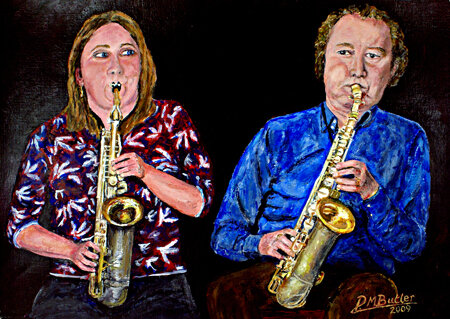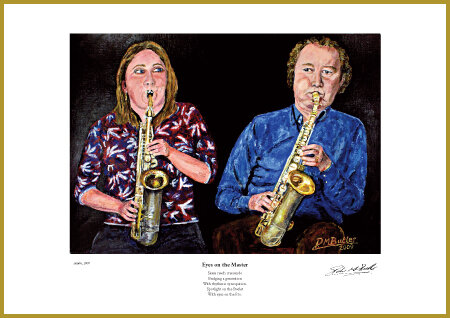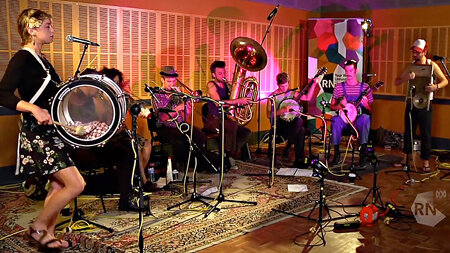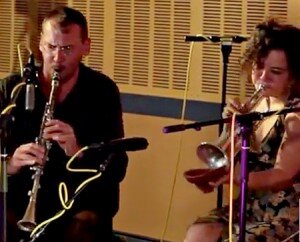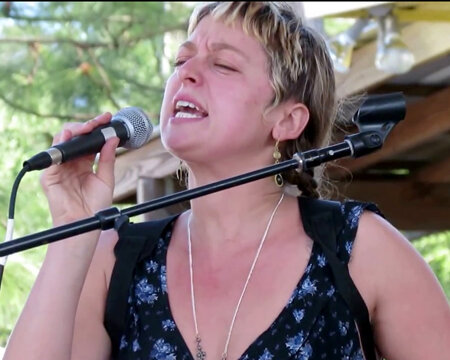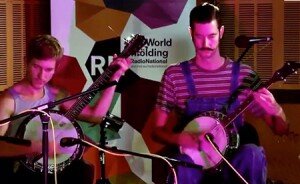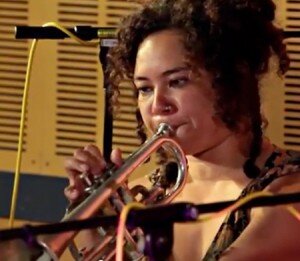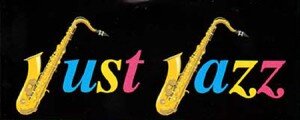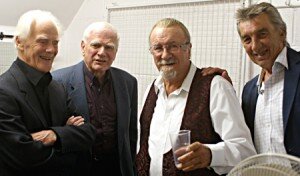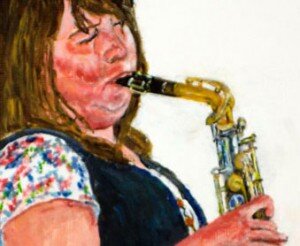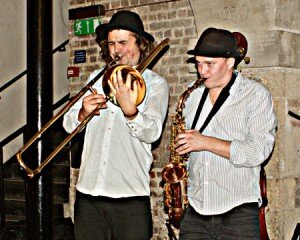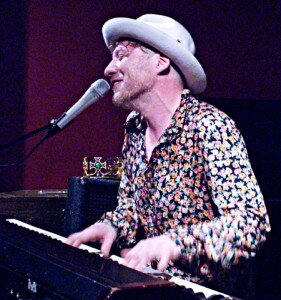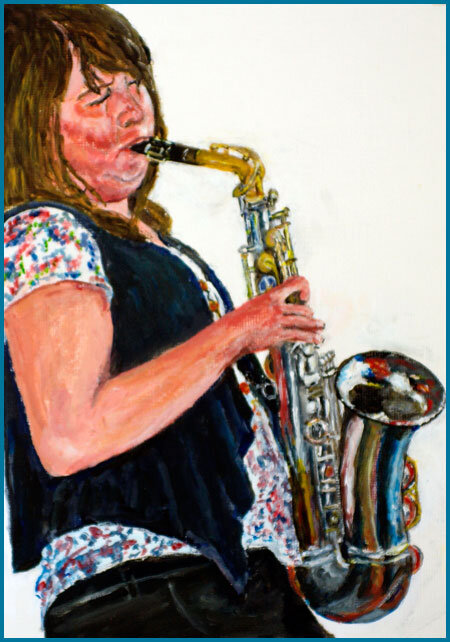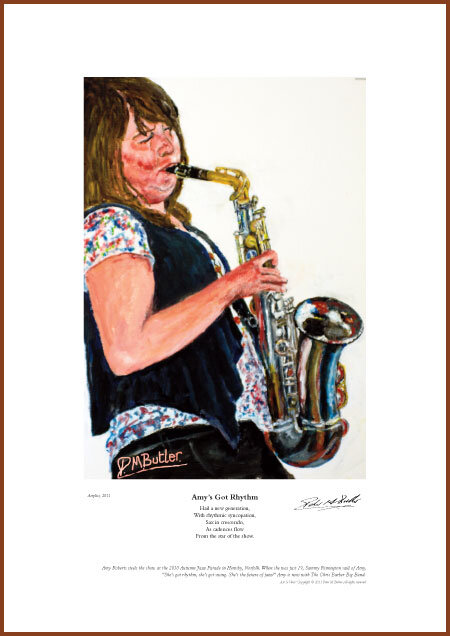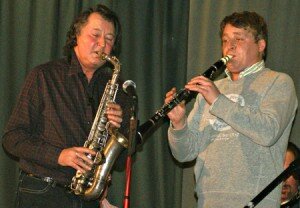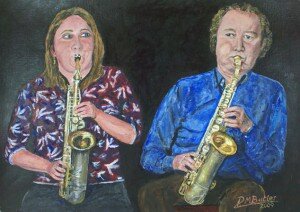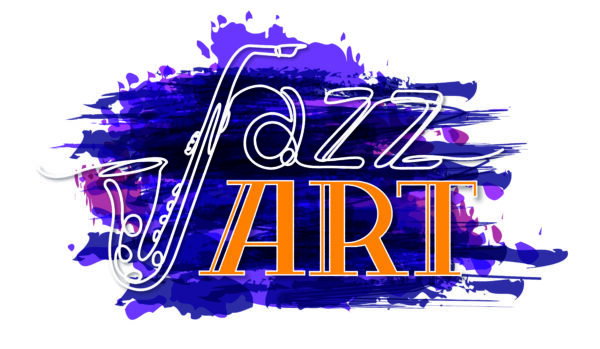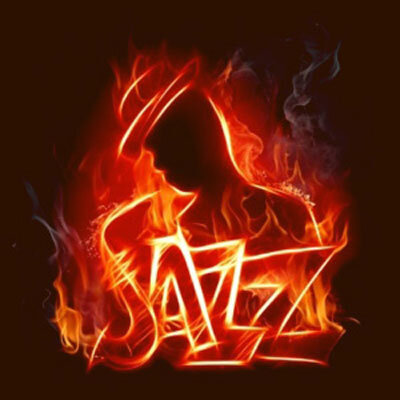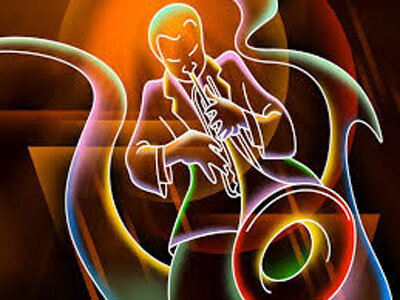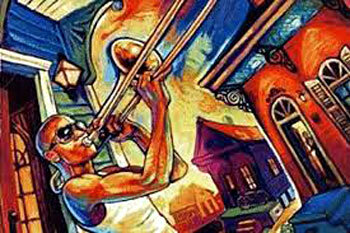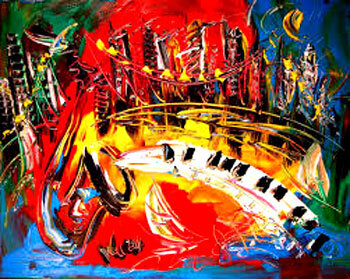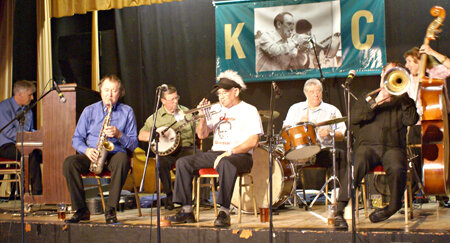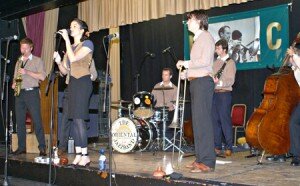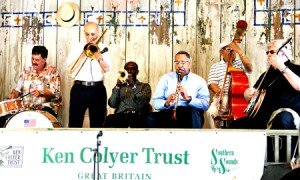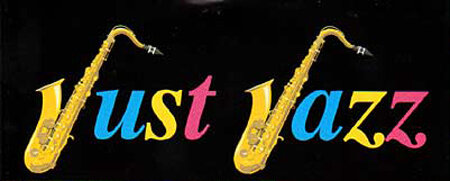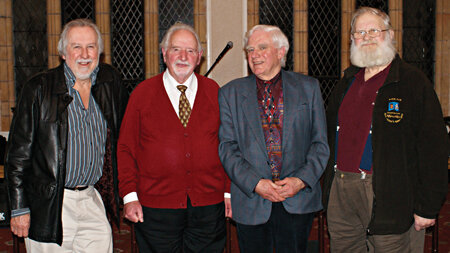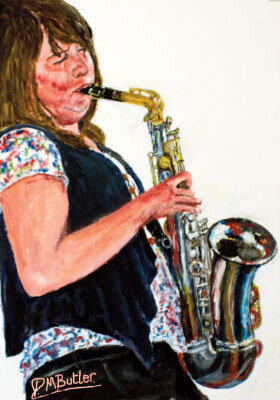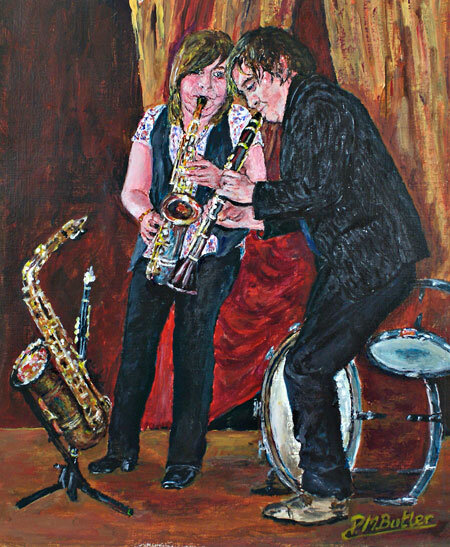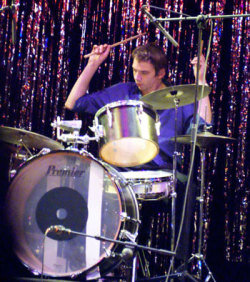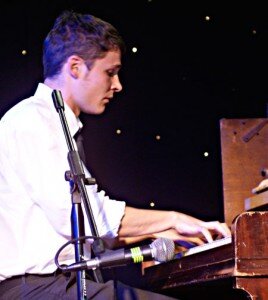Amy Roberts, then “the new kid on the block”, accompanying maestro Sammy Rimington at the Ken Colyer Trust 2008 Autumn Jazz Parade. Recognising Amy’s huge talent, Sammy invited her to play duet with him on the final evening of the Parade. The next morning I overheard him stressing the need to to persuade Amy to stay with jazz: “Amy’s got a natural talent and feel for the music. She’s got rhythm. She’s the future of jazz.”
Since then Amy has gone from strength to strength playing clarinet, sax and flute, and is featured in several other posts on Jazz&Jazz.
Eyes on the Master
Saxes reach crescendo
And bridge a generation
With rhythmic syncopation.
Spotlight on the Starlet
With eyes on the Pro.
I write a poem to accompany each of my fine art prints of jazz musician paintings and Amy and Sammy in duet inspired Eyes on the Master.
Fine Art Giclée Prints of this portrait are available, with or without my descriptive poem. Simply email: [email protected] to place your order and help support jazz.
See also: Portrait of Amy on Solo Sax and of Reeds in Duet, Amy playing with Adrian Cox.
